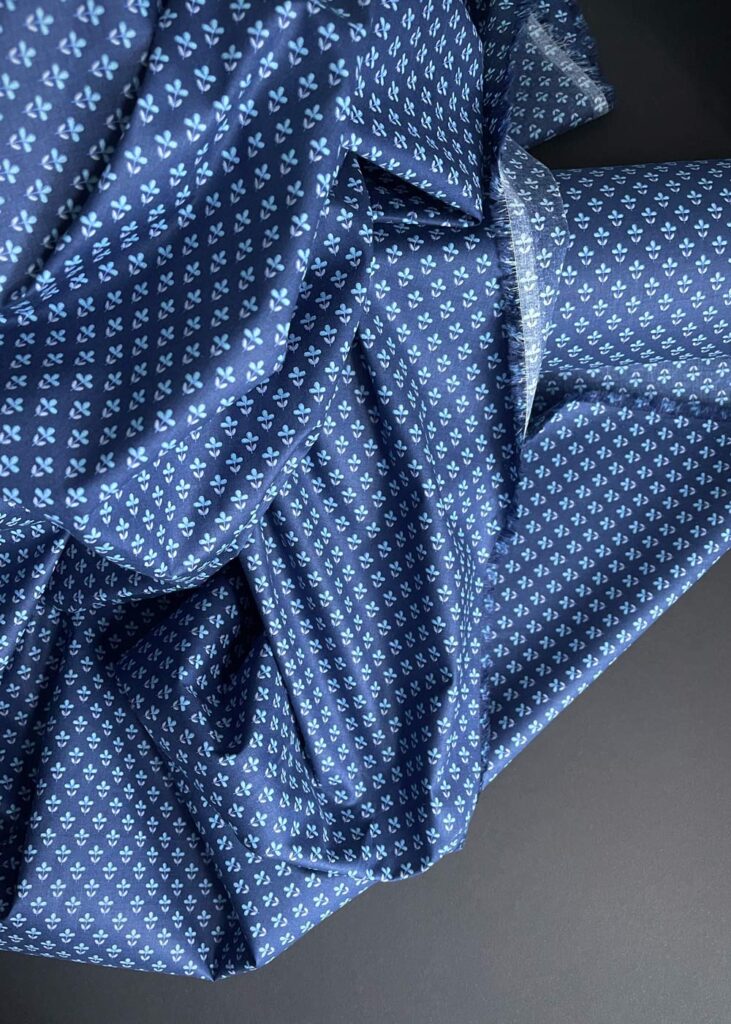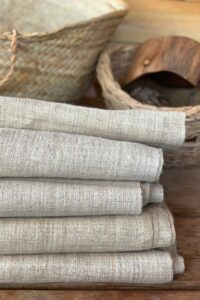Can You Combine Batiste, Gingham, and Gingham Fabrics in One Garment?
Creating a garment involves more than just choosing a pattern; it’s about selecting compatible fabrics to ensure the final piece is both stylish and functional. In this article, we’ll explore the compatibility of batiste, gingham, and seersucker fabrics, delving into their properties and offering practical advice for combining them in your sewing projects.
Introduction
Fabric compatibility is crucial in fashion and sewing, affecting the garment’s look, feel, and longevity. Batiste, gingham, and seersucker are popular choices, each with unique characteristics. This article will guide you through combining these fabrics, enhancing your sewing skills and creativity.
Compatibility Analysis
Yes, you can combine batiste, gingham, and seersucker in one garment. These fabrics can work together harmoniously when you consider their individual properties. Key factors include:
- Texture: Batiste is smooth and fine, gingham has a balanced weave, and seersucker features a puckered texture.
- Weight: All three are lightweight, making them suitable for summer garments.
- Stretch: None of these fabrics have inherent stretch, which simplifies sewing.
- Care Requirements: They generally require gentle washing and low-heat ironing.
- Durability: While batiste is delicate, gingham and seersucker offer more resilience.
Fabric Properties Comparison Table
| Property | Batiste | Gingham | Seersucker |
|---|---|---|---|
| Fiber Content | Natural (cotton) | Natural (cotton) | Natural (cotton) |
| Weight and Thickness | Light, fine | Light, medium | Light, puckered |
| Breathability | High | High | High |
| Stretch and Elasticity | None | None | None |
| Wrinkle Resistance | Low | Moderate | High |
| Care Instructions | Gentle wash | Machine wash | Machine wash |
| Durability | Low | Moderate | High |
Benefits of Mixing These Fabrics
- Enhanced Texture and Visual Interest: The contrast between batiste’s smoothness and seersucker’s texture adds dimension.
- Improved Comfort and Performance: All three fabrics are breathable, ideal for warm climates.
- Better Drape and Movement: Combining these fabrics can enhance the garment’s flow.
- Cost-Effectiveness: Mixing fabrics can optimize the use of more expensive materials.
- Seasonal Versatility: Suitable for spring and summer garments.
- Design Possibilities: Offers creative freedom in pattern and color combinations.
Potential Challenges
- Different Shrinkage Rates: Pre-wash fabrics to prevent uneven shrinking.
- Conflicting Care Requirements: Follow the most delicate care instructions.
- Texture Clash or Pilling: Use interfacing to manage texture differences.
- Seam Puckering: Use appropriate tension settings on your sewing machine.
- Color Bleeding or Fading: Test for colorfastness before washing.
Sewing & Styling Tips
- Sewing Techniques: French seams or flat-felled seams work well for these fabrics.
- Needle and Thread: Use a fine needle (size 70/10) and cotton thread.
- Interfacing and Stabilizer: Lightweight interfacing supports batiste.
- Seam Finishing Methods: Consider pinking shears or serging for clean edges.
- Pattern Selection Advice: Choose patterns with simple lines to highlight fabric textures.
- Styling Ideas: Pair with denim for casual wear or use in home decor like pillows and curtains.
Care & Maintenance Guide
- Washing Instructions: Use cold water and mild detergent.
- Drying Recommendations: Air dry or tumble dry on low heat.
- Ironing and Steaming Tips: Iron on low heat, using a pressing cloth for batiste.
- Stain Removal: Treat stains promptly with a gentle stain remover.
- Long-term Care: Store in a cool, dry place to prevent fabric degradation.
FAQ Section
-
Can you wash batiste and gingham together?
Yes, but use the gentlest settings suited for batiste. -
Will batiste shrink more than gingham?
Batiste may shrink slightly more; pre-wash to minimize this. -
What needle size should I use for sewing these fabrics together?
A size 70/10 needle is ideal. -
Can you mix batiste and gingham in one garment?
Absolutely, they can complement each other well. -
How do you prevent seam puckering when combining these fabrics?
Adjust your machine tension and use a fine needle. -
Is it okay to mix batiste and gingham for upholstery?
While possible, they are better suited for clothing due to their light weight. -
What’s the best way to finish seams with these fabrics?
French seams or serging provide a clean finish.
By understanding the properties and compatibility of batiste, gingham, and seersucker, you can create garments that are not only beautiful but also functional and durable. Embrace the possibilities and enjoy the creative process of fabric mixing!


Leave a Reply